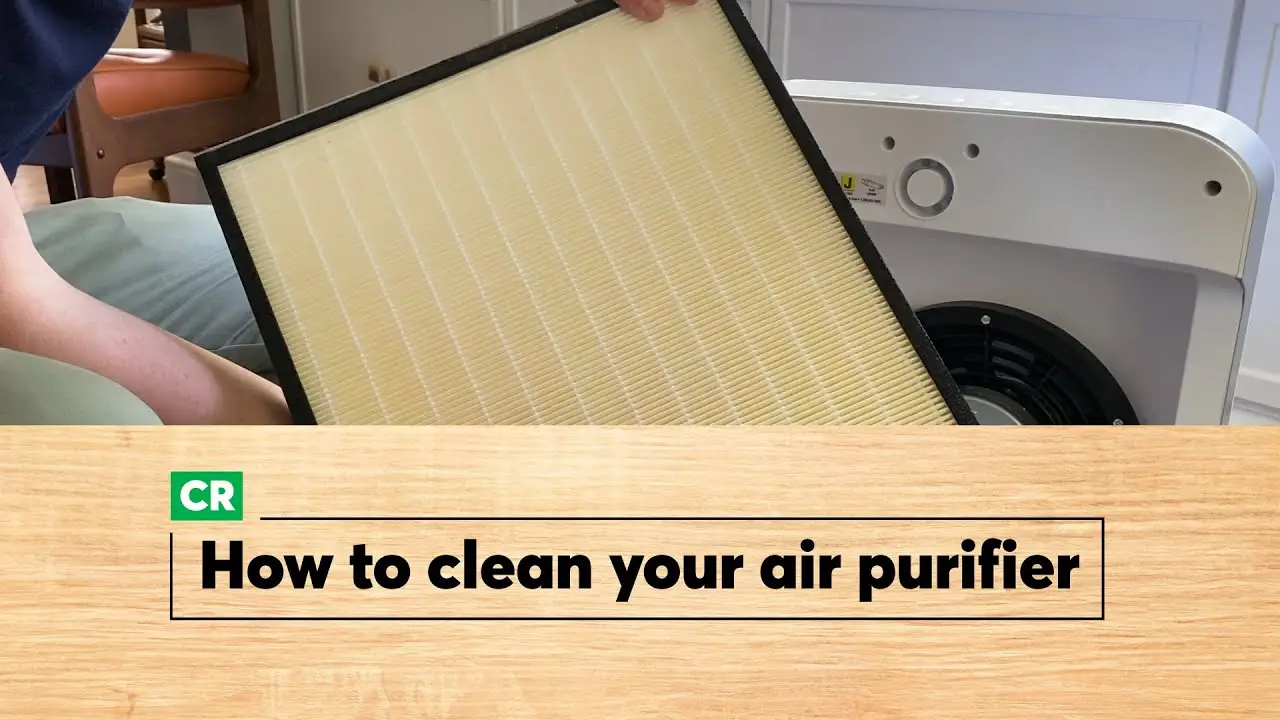How does an air purifier clean the air?


Air pollution is a growing concern in today’s world, with indoor air quality often being worse than outdoor air. This is where air purifiers come in. These devices are designed to clean the air and improve indoor air quality. But how exactly do they work? In this article, we will explore the process of how an air purifier cleans the air, focusing on the role of HEPA filters and air filtration technology.
Understanding the Need for Clean Air
Before delving into the workings of an air purifier, it is important to understand why clean air is crucial for our health and well-being. Indoor air pollution can be caused by various factors such as dust particles, pet dander, pollen, mold spores, and volatile organic compounds (VOCs) emitted by household products. Breathing in polluted air can lead to a range of health issues, including allergies, respiratory problems, and even cardiovascular diseases. This is where air purifiers play a vital role in improving indoor air quality.
The Role of HEPA Filters
One of the key components of an air purifier is the HEPA (High-Efficiency Particulate Air) filter. HEPA filters are designed to capture and trap small particles that can be harmful to our health. These filters are made up of a dense mat of randomly arranged fibers that create a maze-like structure. As air passes through the filter, the fibers capture particles such as dust, pollen, pet dander, and even bacteria and viruses.
How HEPA Filters Work
HEPA filters work through three main mechanisms:
1. Interception: Larger particles are captured when they come into contact with the fibers of the filter.
2. Impaction: Smaller particles are unable to follow the air stream and collide with the fibers, getting trapped in the filter.
3. Diffusion: The smallest particles are bombarded by air molecules, causing them to move in a zigzag pattern and eventually get trapped in the filter.
Benefits of HEPA Filters
HEPA filters are highly effective in removing airborne particles, making them an essential component of air purifiers. Some of the benefits of HEPA filters include:
– Allergy Relief: HEPA filters can capture allergens such as pollen, dust mites, and pet dander, providing relief to allergy sufferers.
– Breathing Problems: People with respiratory conditions such as asthma or chronic obstructive pulmonary disease (COPD) can benefit from HEPA filters, as they help remove irritants from the air.
– Improved Indoor Air Quality: HEPA filters can significantly improve the overall air quality in a room by removing harmful particles and pollutants.
Air Filtration Technology
While HEPA filters are a crucial part of air purifiers, many models also incorporate additional technologies to enhance air cleaning efficiency. Some of these technologies include:
– Activated Carbon Filters: These filters are effective in removing odors, gases, and VOCs from the air. The activated carbon has a large surface area that can adsorb these pollutants.
– UV-C Light: Ultraviolet-C (UV-C) light is used to kill bacteria, viruses, and mold spores. When air passes through the purifier, it is exposed to UV-C light, which neutralizes these harmful microorganisms.
– Ionizers: Ionizers release negatively charged ions into the air, which attach to positively charged particles such as dust and allergens. This causes the particles to become heavy and fall to the ground, effectively removing them from the air.
The Air Cleaning Process
Now that we understand the role of HEPA filters and additional air filtration technologies, let’s look at the overall air cleaning process of an air purifier:
1. Air Intake: The air purifier draws in air from the surrounding environment through an intake vent.
2. Pre-Filter: Many air purifiers have a pre-filter that captures larger particles such as dust and pet hair. This helps prolong the life of the HEPA filter.
3. HEPA Filtration: The air passes through the HEPA filter, where smaller particles are trapped and removed from the air.
4. Additional Filtration: If the air purifier has activated carbon filters or UV-C light, the air will pass through these additional filtration stages to remove odors, gases, and microorganisms.
5. Clean Air Release: After going through the filtration process, the purified air is released back into the room, providing clean and fresh air for breathing.
Conclusion
Air purifiers play a crucial role in improving indoor air quality and providing relief to those suffering from allergies or respiratory problems. The combination of HEPA filters and additional air filtration technologies ensures that harmful particles, allergens, and pollutants are effectively removed from the air. By understanding how air purifiers work, we can make informed decisions when choosing the right device for our homes or workplaces, ultimately leading to a healthier and cleaner environment.
Recent Posts
How do I create an engaging and informative online quiz or assessment?
Creating an engaging and informative online quiz or assessment can be a powerful tool for… Read More
What are the most effective methods for managing and reducing work-related stress in the hospitality industry?
Work-related stress is a common issue in the hospitality industry, where employees often face long… Read More
How can I improve my assertiveness and communication skills in a leadership position?
In a leadership position, assertiveness and effective communication skills are crucial for success. Being able… Read More
What are the key elements of a successful employee recognition and rewards program?
Employee recognition and rewards programs play a crucial role in motivating and engaging employees, as… Read More
How do I effectively manage and respond to customer feedback and reviews?
Customer feedback and online reviews play a crucial role in shaping a company's reputation and… Read More
What are the best strategies for effective time management as a stay-at-home parent?
Effective time management is crucial for stay-at-home parents who juggle multiple responsibilities on a daily… Read More